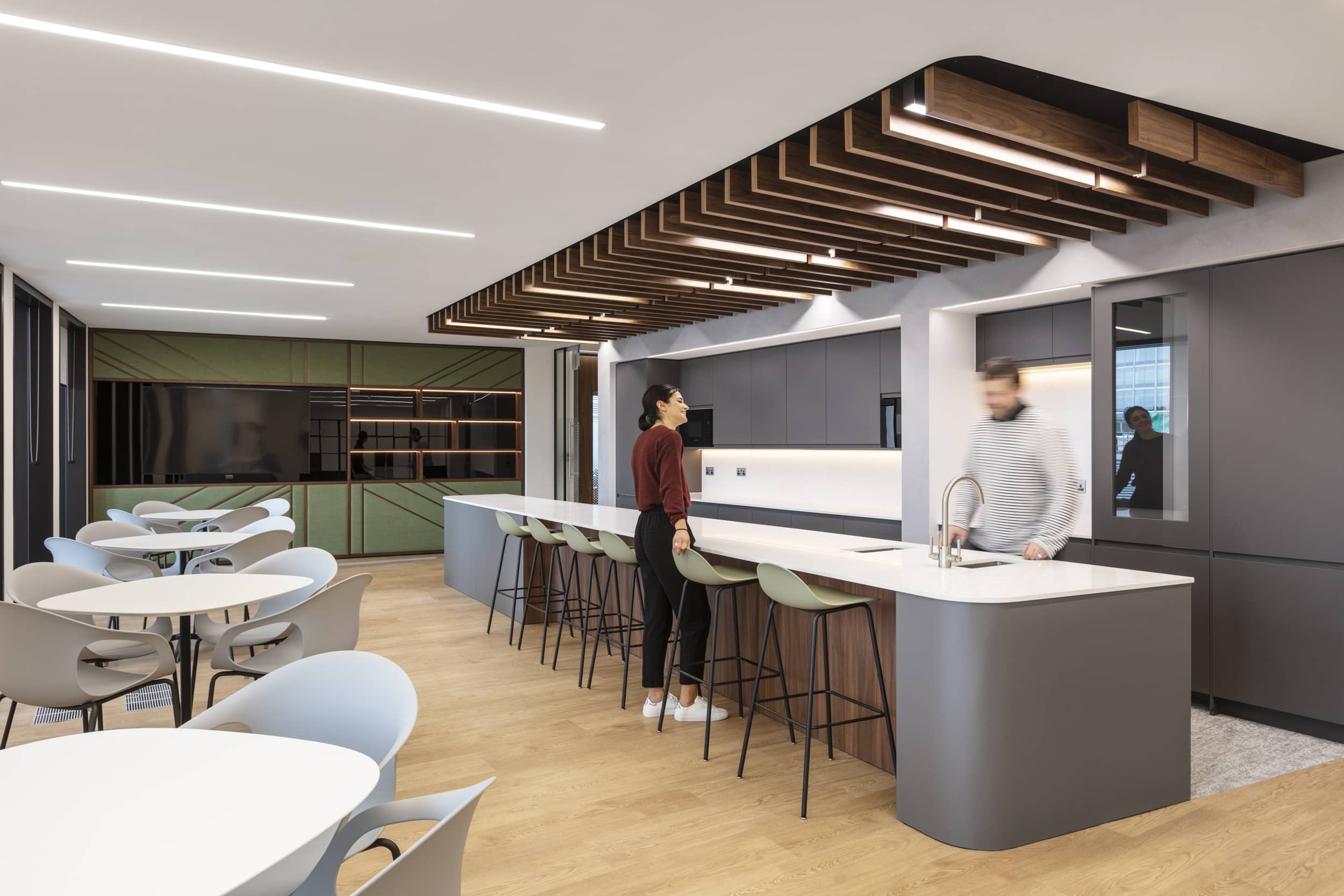Lift practices for a COVID secure workplace
As we transition back to office spaces, we cover the guidelines for the safe use of escalators and lifts in a COVID-secure workplace.

With the majority of major global economies entering a transition period, lifting lockdown restrictions and encouraging a return to normal, we are increasingly seeing employees making heightened plans for a return to the office. As the country begins to go back to the office, new guidance for the safe use of escalators and lifts, has been released by the British Council for COVID secure workplace.
The guidance published by the BCO Technical Affairs Committee helps to focus return to work efforts by providing an insightful, practical and considered view for occupiers and their advisers on how to ensure social distancing and hygiene standards are followed in lifts and escalators to help prevent the risk of transmission.
Reduce lift capacity and enforce management procedures
The report highlights the importance of reducing lift capacity and enforcing management procedures around their use such as implementing queue control and limiting the capacity of users. It notes that the risk of transmission is higher in confined indoor spaces with poor ventilation, and is increased by the length of time spent in close contact with an infected person, thus recommending masks are worn while using lifts.
Enforce safe social distancing
To enforce safe social distancing while inside a lift, floor markings can be used to indicate where users should stand, and similar floor markers can be used to ensure safe socially distanced queues are formed by waiting users. Additionally hand sanitising caddies should be placed at the entry and exit points of lifts to reduce cross contamination when pressing operation buttons or handrails inside the lift.
Similarly when it comes to escalators the report recommends maintaining 2m separation and providing clear signage to enforce social distancing. This will significantly reduce the capacity of an escalator, however in most office applications this shouldn’t pose a major issue.
Introduce 25% less office occupancy
The report cites an office occupancy rate of around 25% less than pre-pandemic figures and that when combined with staggered start and finish times, managing and enforcing safe lift and escalator use should be relatively easy, providing the right hygiene and social distancing infrastructure is made available.
Want more guidance?
You can download the full report here.
For further guidance on how to operate a covid secure workplace as you return to work check out our workplace COVID-19 resources.


